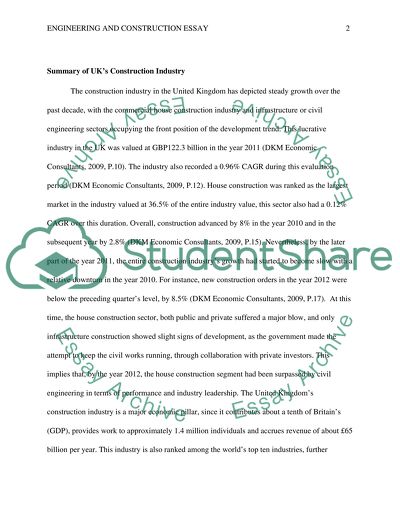Cite this document
(“Choose two potential markets( construction related, such as railway or Essay”, n.d.)
Retrieved de https://studentshare.org/engineering-and-construction/1474781-choose-two-potential-markets-construction-related
Retrieved de https://studentshare.org/engineering-and-construction/1474781-choose-two-potential-markets-construction-related
(Choose Two Potential Markets( Construction Related, Such As Railway or Essay)
https://studentshare.org/engineering-and-construction/1474781-choose-two-potential-markets-construction-related.
https://studentshare.org/engineering-and-construction/1474781-choose-two-potential-markets-construction-related.
“Choose Two Potential Markets( Construction Related, Such As Railway or Essay”, n.d. https://studentshare.org/engineering-and-construction/1474781-choose-two-potential-markets-construction-related.


